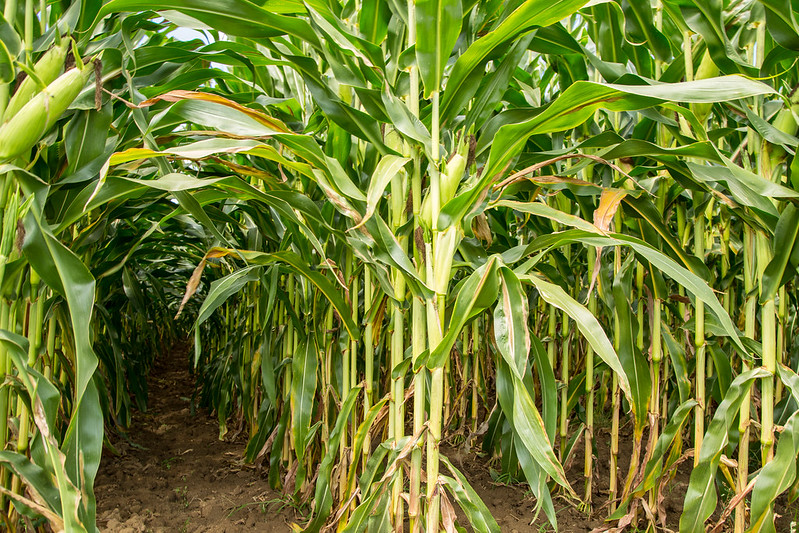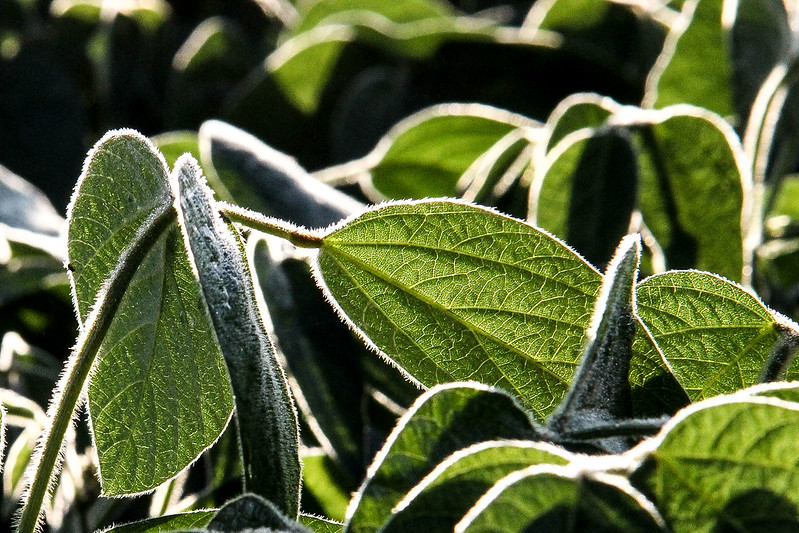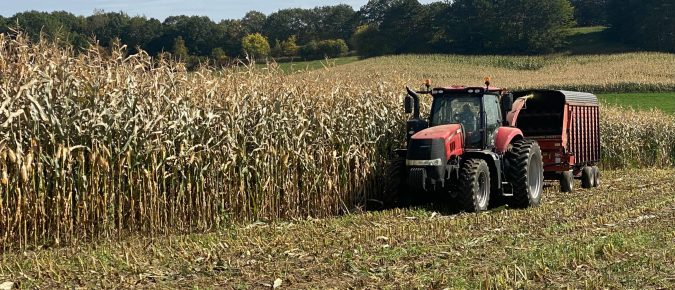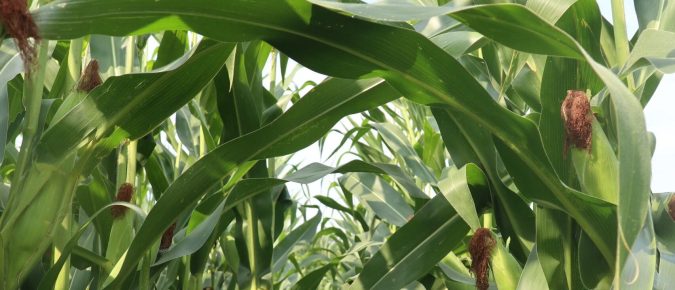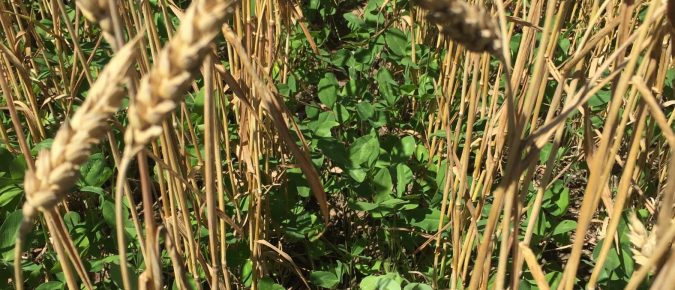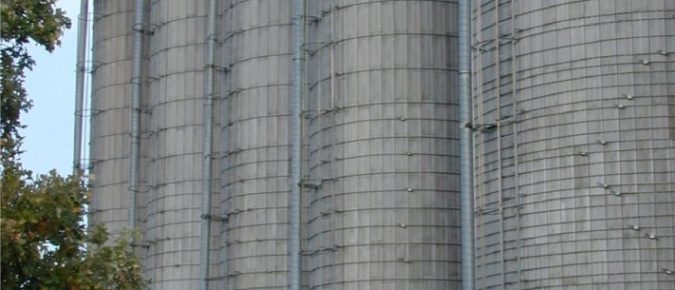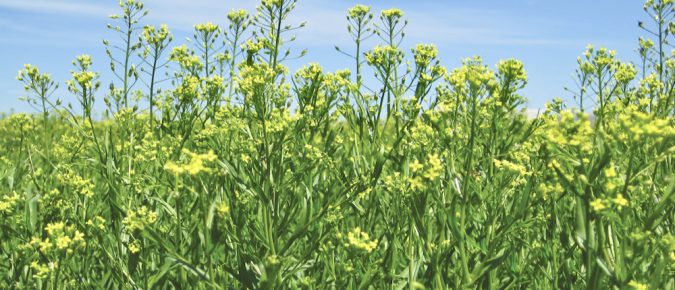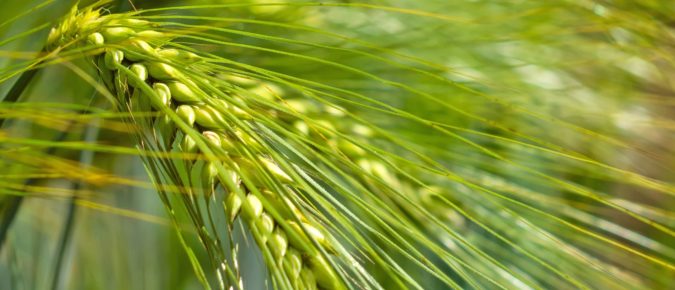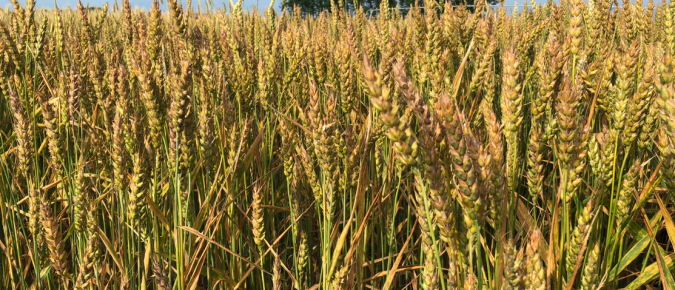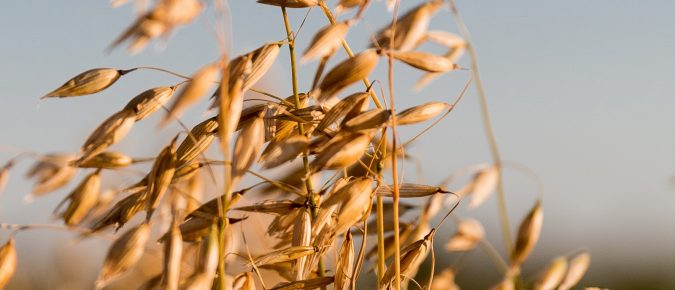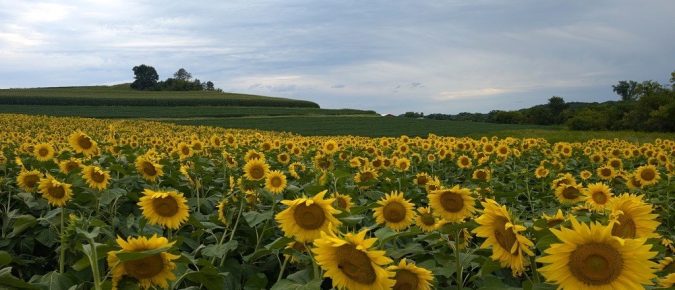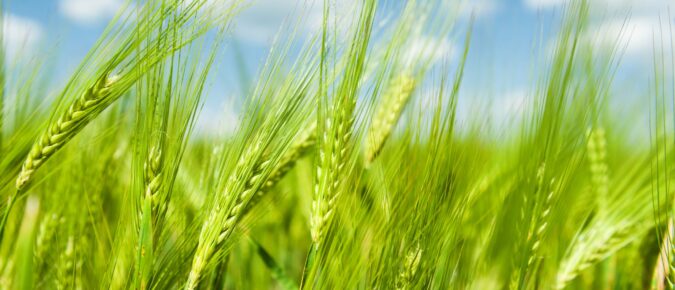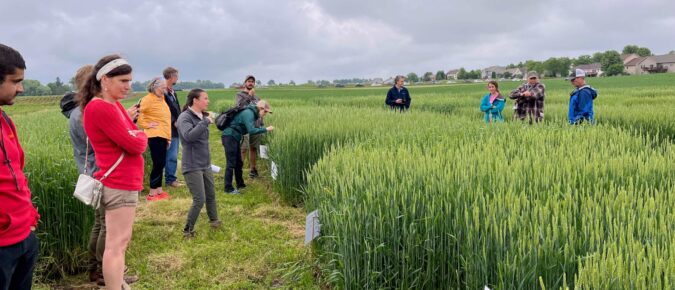Liz Gartman, regional crops educator with UW–Madison Extension, introduces the new Corn Silage Dry Down Monitoring Tool developed to help growers track whole plant moisture and optimize harvest timing.
Dr. Harkirat Kaur, assistant professor and extension corn production systems specialist at UW–Madison, explores the agronomic potential of short corn hybrids as an alternative to Brown Midrib (BMR) corn for silage.
Using wheat to diversify corn-soybean crop rotations can act as a strong foundation for more effective, economic, and sustainable pest management.
As some BMR hybrids begin to phase out, the future of high-quality corn silage will depend on how well we adapt, from evaluating new hybrids like short-statured corn, to exploring biological products and fine-tuning management practices like plant population and cutting height.
In this video, Sam Bibby shares insights from on-farm research exploring the use of camelina as a cover crop compared to rye in corn-soybean rotations.
In this video, Jerry Clark covers variety trials, nitrogen and fungicide management, and quality testing for malting barley to meet craft brewing standards.
In this video, Scott Reuss, regional crops educator, UW–Madison Extension, presents findings from multi-year research trials investigating optimal sulfur application rates for winter wheat in northeastern Wisconsin.
In this video, Dan H. Smith explores practical tips for calculating seed needs, managing storage conditions, and evaluating the economic value of straw and nutrient exports.
In years of low commodity prices, most farmers think about where they might be able to cut costs. Some might begin to think about alternative crops can fit into row crop production. Enter the sunflower.
In this video, Dr. Shawn Conley, UW–Madison Soybean and Small Grains Specialist, shares early-season decision cues for managing soybeans and winter wheat.
Adding wheat back into the corn and soybean-dominant grain rotations in Wisconsin can yield dividends that are not captured in the price at the elevator and can maximize profitability over time.
Dr. Erin Silva, professor of organic agriculture at UW–Madison, shares practical spring strategies for organic weed management in grain systems.

